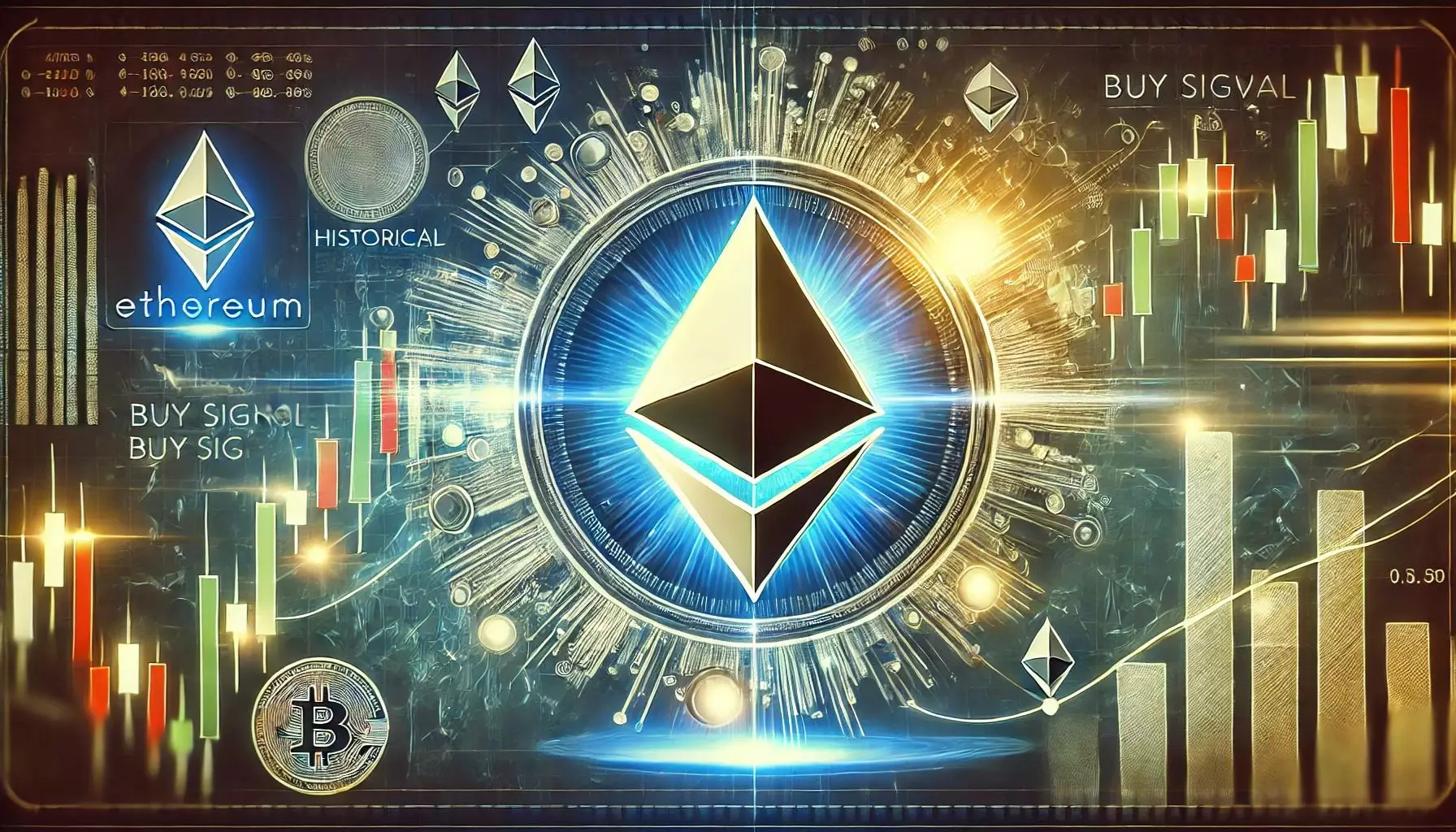Ethereum has found itself in a precarious situation lately, sitting stubbornly below the significant $2,800 mark. For several days, the cryptocurrency has failed to reclaim this price point, which many traders view as essential for any semblance of a recovery. The inability to rise above this psychological barrier has nurtured a growing sense of bearish sentiment in the market. This sentiment is starkly distinguishable from earlier in the year when enthusiasts were largely optimistic that Ethereum would mirror Bitcoin’s performance with an upward trajectory. However, recent developments have caused traders to contemplate a more skeptical outlook.
Analysts appear increasingly wary of Ethereum’s price trajectory, speculating on a potential continuation of the current downtrend. The mood has shifted dramatically, as even investors who once showed unwavering faith in Ethereum’s growth potential are starting to express their doubts. This change in attitudes is particularly troubling for a cryptocurrency that has historically been identified as a cornerstone of the digital asset market.
Despite the prevailing bearish tone, not all investors are surrendering to fear. Some still cling to the belief that Ethereum may soon enter a recovery phase. Crypto analyst Ali Martinez has offered a glimmer of hope with his technical analysis, highlighting that the TD Sequential indicator recently produced a buy signal on Ethereum’s weekly chart. This is noteworthy because, historically, such occurrences often lead to substantial trend reversals. Analysts regard this as an essential point of consideration, suggesting that a possible upward momentum might not be off the table just yet.
As Ethereum meanders below $3,000—a price level that many deem psychologically significant—the marketplace has transformed into a battleground for bulls and bears. On one hand, retail investors who may feel disillusioned with their holdings appear to be retreating, opting to sell and thus adding downward pressure to Ethereum’s price. Conversely, institutional and larger players seem to be approaching the situation strategically, accumulating Ethereum in larger quantities, which indicates some degree of confidence in the asset’s long-term viability and potential rebound.
Martinez’s analysis becomes even more intriguing when you consider its historical context. Each time the TD Sequential indicator has generated a buy signal near the lower boundary of Ethereum’s long-term ascending channel, the cryptocurrency has typically rebounded aggressively. With this pivotal moment perhaps on the horizon, the prevailing question becomes whether or not the current setup mirrors past situations where bullish reversals occurred.
For Ethereum to pave a path toward recovery, it needs to reclaim the $2,800 threshold as its new support level. This level is not just arbitrary; it has acted as a major barrier to upward movements in recent weeks. Surpassing this benchmark would facilitate movement towards the psychologically significant $3,000 mark. Successfully breaking above this price level could signify a departure from the ongoing downtrend, ushering in an environment ripe for bullish momentum.
However, traders must also heed the risks associated with failing to break this crucial resistance. Should Ethereum continue to hover below $2,800 without any signs of a rally, it could drift down to lower demand zones around $2,500. At this juncture, stronger support may be tested, and further declines could occur if confidence does not return to the marketplace.
As Ethereum trades around $2,690, the cryptocurrency community is left grappling with a sense of uncertainty amid a period of prolonged stagnation and indecision in the market. This lack of decisive momentum has left both traders and investors in a quandary, evaluating whether to brace for a resistance breakout or prepare for further consolidation and potential declines.
The next few trading sessions are pivotal; Ethereum’s price action during this period will significantly influence market sentiment and could set the stage for its short-term trajectory. Traders and enthusiasts alike will be monitoring the situation closely, waiting to see if the indicators align to create a window for recovery or if bearish pressures will persist and lead to additional losses.


Leave a Reply